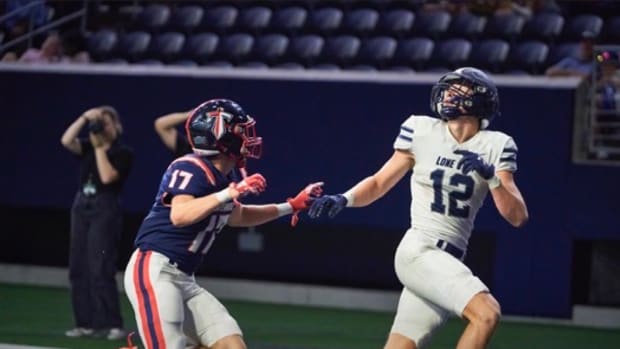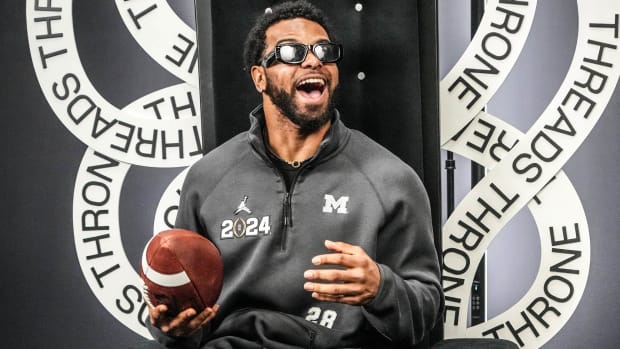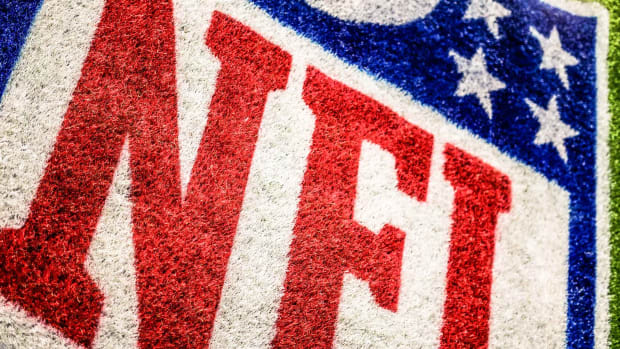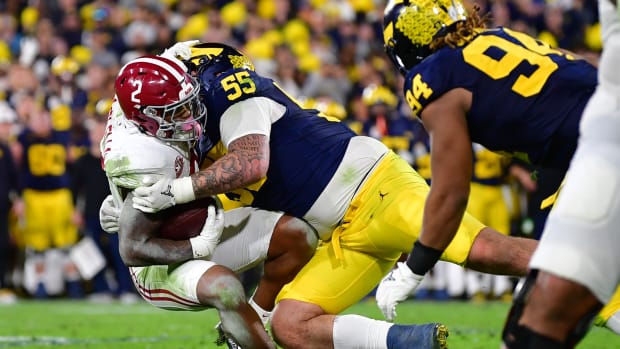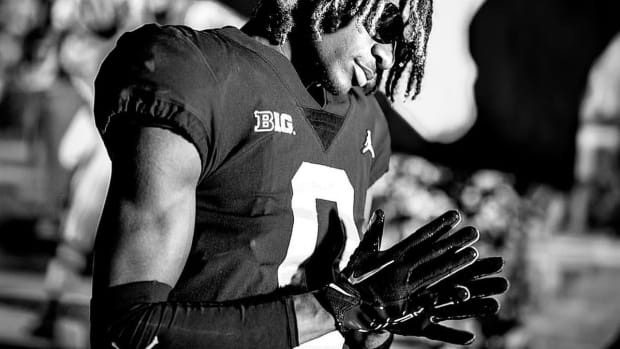How Michigan Turned An Embarrassment Of Riches Into An Embarrassment
For Michigan, there was no shortage of position group question marks during the 2020 offseason. Who would emerge as Michigan’s starting quarterback? How would an inexperienced offensive line perform after losing four starters to the NFL draft? Who would become the new reliable deep threat in the absence of Nico Collins? Would Michigan be able to find two capable corners after losing Ambry Thomas and Lavert Hill?
The only position group in Ann Arbor that everyone (myself included) seemed to be extremely confident in was the running back group. For starters, Michigan was poised to return its two top rushers from 2019 in Hassan Haskins and Zach Charbonnet. Michigan would also welcome in a highly touted running back and 2019 Gatorade player of the year from the state of Maryland, Blake Corum. Lastly, Chris Evans was also ready to make his return to the roster after serving a one year suspension due to an undisclosed academic issue. Prior to his suspension, Evans was the Wolverines 2nd leading rusher in 2016, 2017, and 2018. Michigan fans had every reason in the world to be confident and excited about their stable of backs heading into a year full of uncertainties.
Unfortunately, what seemed like a sure bet has now become one of the most puzzling shortcomings of this Michigan team halfway through the 2020 season.
For starters, there doesn’t seem to be any rhyme or reason to how Jim Harbaugh, Jay Harbaugh and Josh Gattis are utilizing all of the talent they have in the backfield. While Haskins appears to be RB1, he’s averaging just 5.3 carries per game - good enough for last within the Big Ten among all starting running backs. Worse yet, his 5.3 carries per game would still put him behind seven other backup running backs within the Big Ten who are averaging more carries per game. Corum has shown flashes of what made him such a prized recruit, but he’s only averaging 2.2 yards per carry on just 19 carries through the first four games. Charbonnet is currently Michigan’s second leading rusher with 98 yards, but 70 yards of that came on a single play in week one. With just 34 yards on 11 total carries so far, Evans has essentially become the use-at-random running back.
All of these realities have created a Michigan running back group that is one of the least productive in the Big Ten, coming in at No. 13 in rushing yards, No. 13 in rushing attempts per game, and No. 11 in rushing yards per game.
To be clear, I don’t blame the lack of production or consistency on the running backs themselves. As Michigan’s defense continues to struggle with keeping opponents out of the end zone, the Wolverine offense often finds themselves in a position of needing to play from behind early, making it nearly impossible for the running game to be effective. At the same time, it isn’t just the defensive struggles that are responsible for Michigan’s inability to utilize its running attack. For whatever reason, this coaching staff seems committed to rotating all four backs, preventing any of them from getting into the flow of the game and developing rhythm.
Michigan cannot solve its defensive issues tomorrow, this week or even this month. It’s going to take an entire off season, and perhaps a coaching change, to address the issues on that side of the ball. However, Michigan can absolutely solve its issues at the running back position this weekend against Rutgers by settling on their top two running backs and letting them carry the load.
